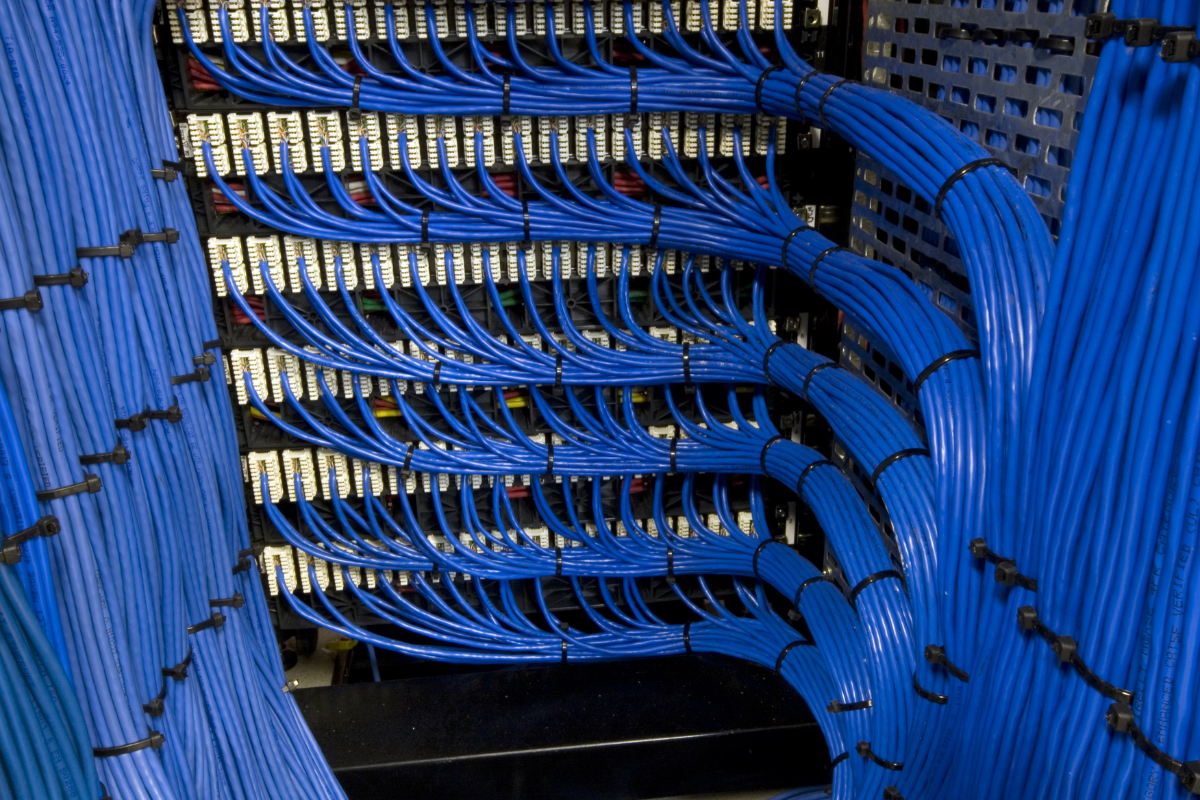Implementing a new structured cabling system or upgrading an existing system is a big job for any business—and definitely should not be taken lightly. Planning for a new system or an upgrade has the potential to present some considerable challenges.
In this new blog post, the structured cabling experts at Connectivity offer up some important things to be aware of. And of course, for more help with your structured cabling project, we invite you to get in touch with our team of consultants.
Points to Keep in Mind
When completed correctly, structured cabling can enable a business to benefit from using a cohesive system that delivers uninterrupted connectivity and service. Here is what to remember when planning your project:
1. What kind of bandwidth do you need? This is a primary concern for most businesses, especially those who transmit large amounts of data via their network cabling. If your structured cables do not have the capability of supporting your newest and fastest hardware and technology investments, then you could experience some serious issues and downtime, which will impact your bottom line. It is necessary to evaluate your existing needs when planning a structured cabling project as well as make an honest forecast about what you see happening in the future too.
2. Will your cables be inside or outside? Again, the answer to this question has a big effect on your cable layout as well as the kind that you decide to use. For instance, in order to ensure effectiveness, outdoor cables need to be installed and insulated in a specific way. On the flip side, indoor cables need to be planned so they do not disrupt building aesthetics.
3. How will your office layout impact cable installation? Quite frankly, it’s unlikely that your current office layout will stay as it is forever. Where are desks, conference tables, server racks, and the like presently located? How do you anticipate this changing as your business grows? What’s more is how can changing technology ultimately make you rethink your office layout? If your structured cabling does not support equipment or furniture moves or reorganizations, it could be limiting for your company. The last thing you want is to reconfigure your entire space just because it cannot support a cable layout.
4. How are you planning MDF and IDF locations? Simply put, are you considering flexibility factors by putting network closets in the correct locations? Ultimately, think of MDF as the hub for your equipment and IDF as the spokes. By properly planning where these individual points will be located, you can ensure that cable runs are the right size and any changes you need in the future will be less labor intensive. Plus, you can feel confident knowing your cabling will be able to properly field the signals of devices.
5. Do you know the government regulations for structured cabling in your state and/or city? Ultimately, some states and cities require specific kinds of cabling systems to be used based on how local municipal power networks are established. In order to ensure your space remains in compliance, partner with a licensed and insured structured cabling installer who knows the local laws and regulations about this manner of equipment. An installer who is worth their salt will enable your project’s success and help you come up with a strategy that fits your budget, aligns with your operating needs, ensures compliance, and helps you plan for the future.
Connectivity Would Love to Be Your Partner
Since our founding, our team has been committed to serving as a true subject matter expert to our clients. When you make the important decision to partner with Connectivity on your next structured cabling project, you will rest assured that your project will be seamlessly planned and executed.
We invite you to reach out today. We would love to learn about your needs and create a project roadmap that helps you achieve your goals and objectives. Contact us now.

